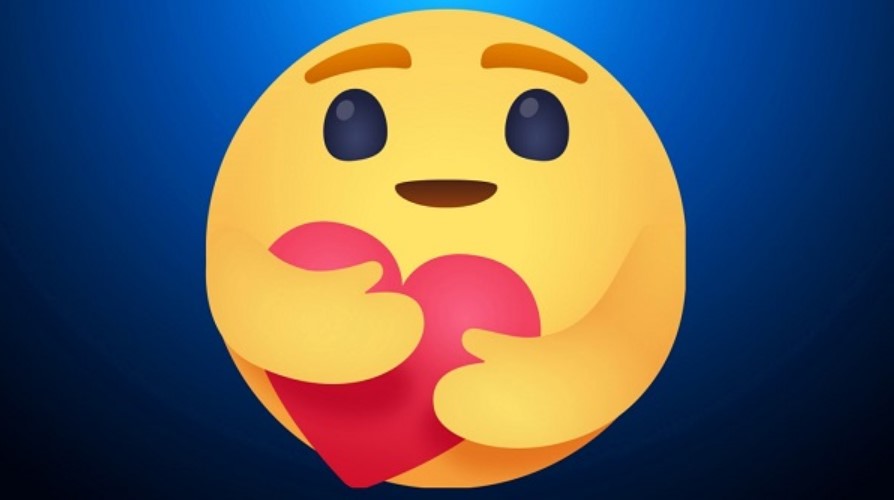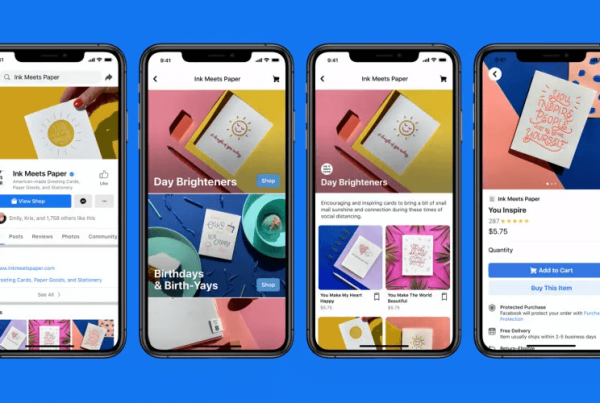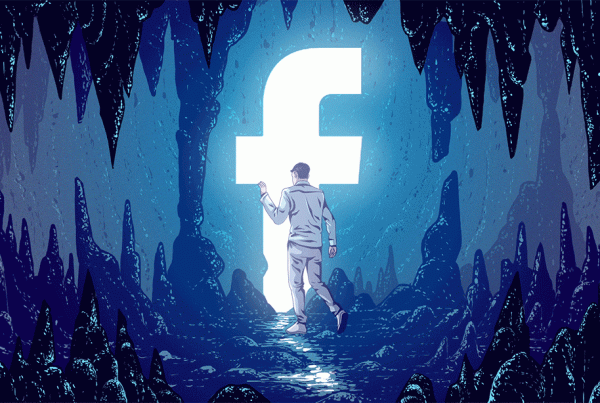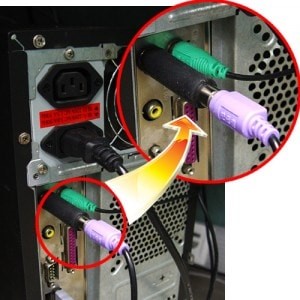At a time when many of us are separated due to the coronavirus pandemic, it is important to show friends and family that you have not forgotten them.
Para ayudar con eso, Facebook está lanzando una nueva reacción de «Care» en Facebook y Messenger. La nueva reacción fue anunciada por el gerente de comunicaciones tecnológicas de EMEA en Facebook, Alexandru Voica.
We're launching new Care reactions on @facebookapp and @Messenger as a way for people to share their support with one another during this unprecedented time.
We hope these reactions give people additional ways to show their support during the #COVID19 crisis. pic.twitter.com/HunGyK8KQw
- Alexandru Voica (@alexvoica) April 17, 2020
“We have added a new reaction so that you can show additional support while many of us are separated. We hope this helps you, your family and your friends to feel a little more connected, "said the company in a notice that appears on Facebook, for some users.
La adición eleva el número de reacciones disponibles en Facebook a siete. Tenga en cuenta que los emoji para la reacción de Atención son diferentes en Facebook y Messenger; uno es un smiley abrazando un corazón, y el otro es un corazón palpitante.
Las nuevas reacciones ya se están implementando a nivel mundial, y los usuarios podrán usarlo para reaccionar a publicaciones, comentarios, imágenes, videos y otro contents, tanto en la aplicación móvil de Facebook como en facebook.com.
How to use Facebook reactions correctly
We explain how to express the correct emotion towards a friend's post.
The reactions come in the form of a vast set of new buttons, integrated into the iconic Facebook Like button. Be supposed to should help users to express their emotions in a more appropriate way when interacting with friends on the platform. This is a solution that came up on Facebook in response to persistent requests from the community for a reject button.
After much research and testing, Facebook decided to delve into the new reaction buttons which are:
I like it: The beloved Like button is still available to use on Facebook, despite having been revamped. In fact, the original location of the Like button is still in the same place in all posts, so you can use it in the same way as before even the reactions were entered.
I love it: When you really like him a lot, why not love him? According to Zuckerberg, the Love reaction was the most used reaction when the additional set of buttons was introduced.
It matters to me: Debido a la pandemia que enfrentamos actualmente, muchas persons están atrapadas en sus respectivos hogares. Facebook ha creado una nueva forma para que las personas demuestren que se preocupan por sus seres queridos y amigos.
I enjoy: People share a lot of fun stuff on social media, and now with a dedicated laugh reaction on Facebook, you won't have to resort to adding a series of cry / laugh emojis in comments.
I am amazed: Every time we're shocked and surprised by something, we want to make sure our friends are just as shocked and surprised, so we share it on social media. When you don't know what to say about a post, just use the "wow" reaction.
It saddens me: When it comes to Facebook posts, users share the good and the bad in their lives. You'll be able to put the sad reaction to good use whenever a post triggers your compassionate side.
It makes me angry: People can't help but share controversial stories, situations, and events on social media. You can now express your dislike for posts that fit into this category using the anger reaction.







